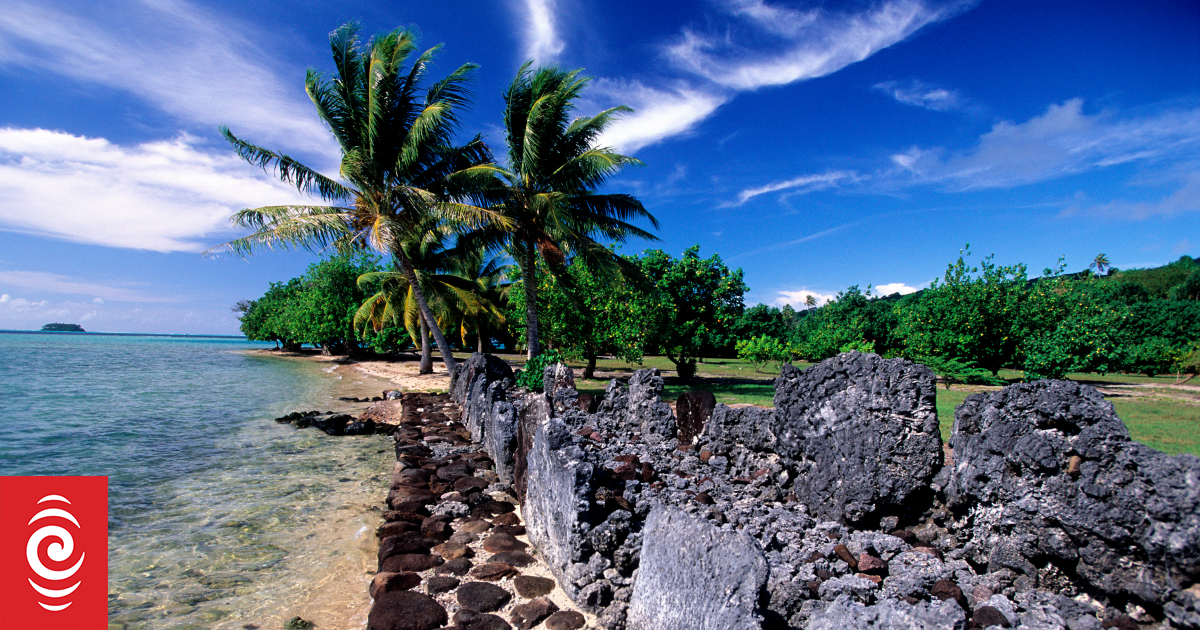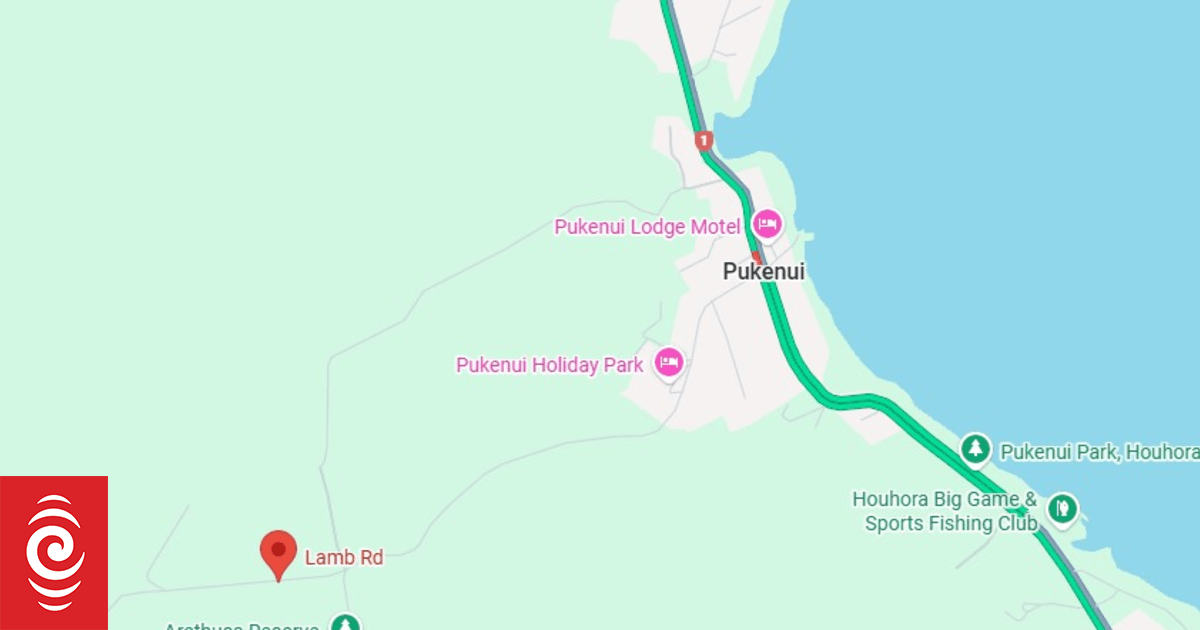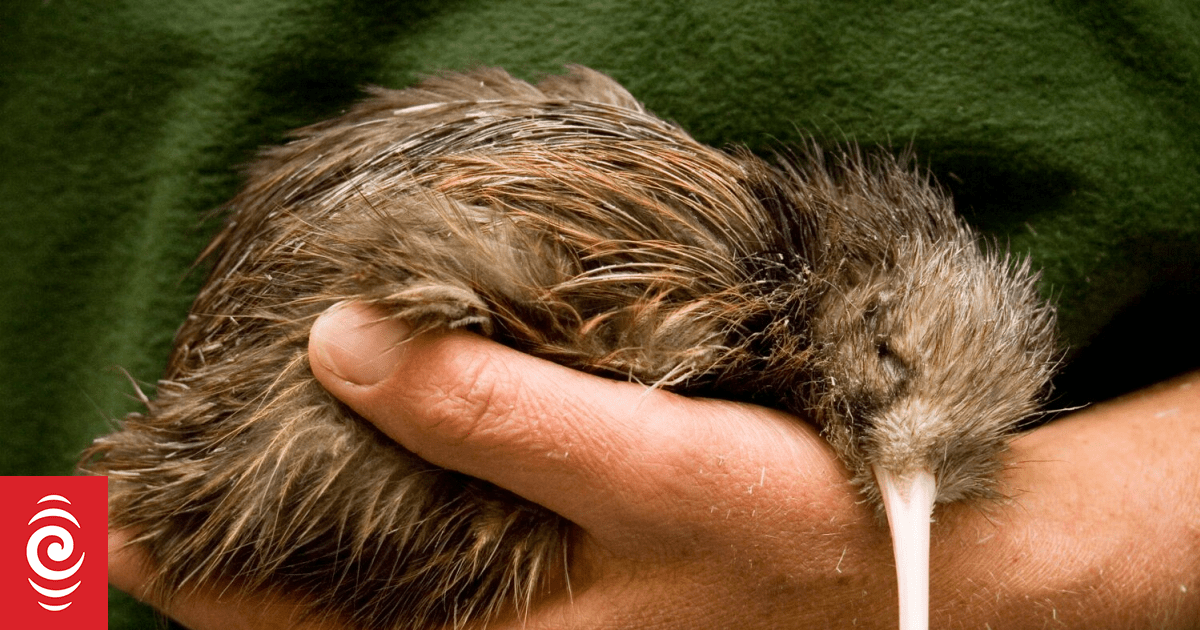
Taputapuatea Marae, on the south coast of Raʻiātea, was for many centuries the most important religious site in eastern Polynesia, and is now a UNESCO World Heritage site.
Photo: AFP
A Northland council has sealed a twin-city agreement with one of the most culturally significant islands in Polynesia.
The signing, by Whangārei mayor Vince Cocurullo and three mayors of Ra’ātea, took place at Whangārei’s Terenga Paraoa Marae on 12 December.
Ra’ātea, about 230km west of Tahiti, is part of what is now known as the Society Islands in French Polynesia – but for many centuries it was the political and spiritual hub of eastern Polynesia.
It is also regarded as a likely starting point for the Polynesian migrations that led to the settlement of Hawaii and Aotearoa.
Cocurullo said the twin-city relationship was the brainchild of Whangārei District Council kaumātua Taipari Munro, who put the idea to mayors in Ra’ātea.
“They jumped at it,” he said.
Cocurullo said the mayors had spent some time in Northland on a fact-finding trip, seeing what the region had to offer in the way of cultural commonalities and business connections, and what Ra’ātea could offer in return.
“It’s about whānau. We’re all family really. It’s the idea of connecting back to Ra’ātea.”
He expected there would be a return visit to Ra’ātea late next year.

Sealing the twin city relationship are, from left, Matahi Brotherson, Tavana (Mayor) of Uturoa; Thomas Moutame, Tavana of Taputapuatea; Vince Cocurullo, Mayor of Whangārei; and Cyril Tetuanui, Tavana of Tamarau.
Photo: Supplied / Whangārei District Council
Cocurullo said twin-city relationships fostered mutual understanding and long-term friendship between countries.
As well as the exchange of ideas and culture, they often brought benefits in trade and tourism.
Whangārei also has a twin-city agreement with Haikou, the capital of Hainan, an island province of China.
Ngāti Kuta kaumātua Matutaera Clendon said the small island of Rangiatea, off Mangahawea Bay in the Bay of Islands, was named after Raʻiātea by early Polynesian arrivals in Aotearoa.
Archaeological digs at Mangahawea Bay have uncovered evidence of one of New Zealand’s earliest human settlements.




